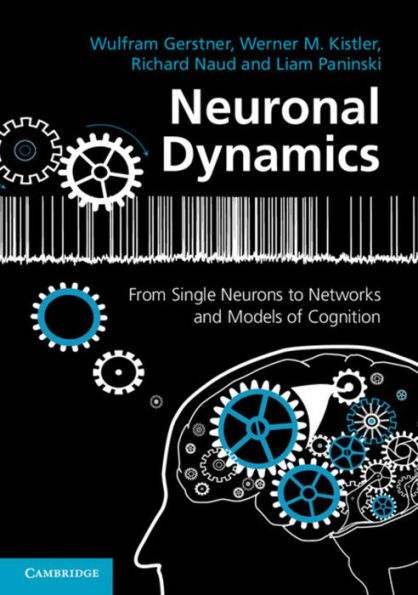5
1
9781107635197


Neuronal Dynamics: From Single Neurons to Networks and Models of Cognition available in Paperback

Neuronal Dynamics: From Single Neurons to Networks and Models of Cognition
- ISBN-10:
- 1107635195
- ISBN-13:
- 9781107635197
- Pub. Date:
- 07/24/2014
- Publisher:
- Cambridge University Press
- ISBN-10:
- 1107635195
- ISBN-13:
- 9781107635197
- Pub. Date:
- 07/24/2014
- Publisher:
- Cambridge University Press
56.99
In Stock

Product Details
| ISBN-13: | 9781107635197 |
|---|---|
| Publisher: | Cambridge University Press |
| Publication date: | 07/24/2014 |
| Edition description: | New Edition |
| Pages: | 578 |
| Product dimensions: | 6.85(w) x 9.69(h) x 1.02(d) |
About the Author
From the B&N Reads Blog
